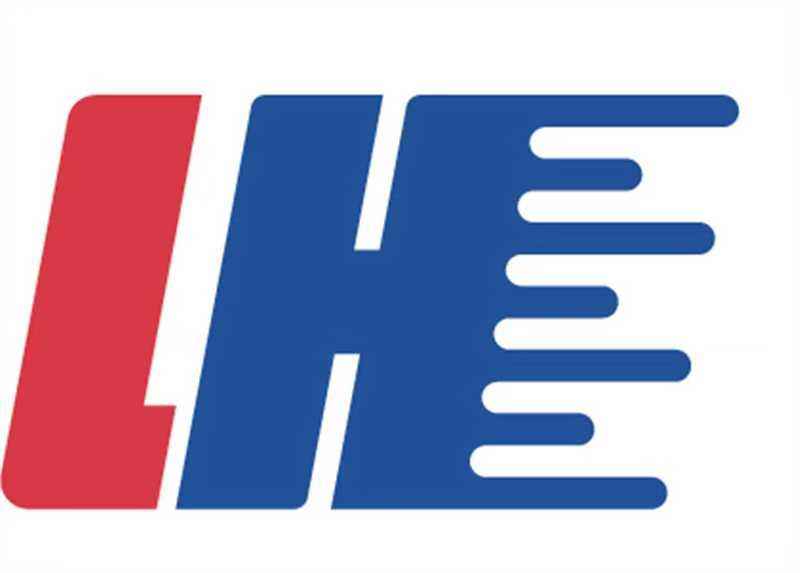How Portable COD Analyzers Help in On-site Water Testing
The Critical Role of Portable COD Analyzers in Water Quality Management
Understanding COD's Impact on Environmental Compliance
Chemical Oxygen Demand (COD) serves as a vital barometer of water pollution, helping industries meet stringent environmental regulations. High COD levels can markedly affect aquatic ecosystems by threatening biodiversity and potentially triggering legal consequences for non-compliant industries. Portable COD analyzers empower organizations to routinely monitor pollution levels, thereby enabling preemptive measures to ensure adherence to water quality standards. The Environmental Protection Agency (EPA) highlights that regular COD monitoring can curb pollution discharges by as much as 30%. This proactive approach not only safeguards the environment but also aids industries in avoiding penalties associated with regulatory breaches.
Limitations of Traditional Lab-Based Testing Methods
Traditional lab-based methods for testing COD often result in lengthy turnaround times, limiting an industry's capacity to swiftly respond to pollution incidents. For smaller businesses, frequent testing becomes financially burdensome due to high costs associated with lab-based analysis. Furthermore, sample deterioration during transit to labs can skew results, compounding the challenge. Portable COD analyzers address these limitations by providing on-the-spot testing, which yields prompt and accurate results. By bypassing the traditional lab route, businesses can ensure timely and precise pollution monitoring, thereby minimizing costs and enhancing compliance with environmental standards. Portable solutions like these not only streamline processes but also foster a more responsive approach to water quality management.
Key Advantages of On-Site COD Testing with Portable Devices
Real-Time Data for Immediate Pollution Control Decisions
Portable COD analyzers provide real-time data, allowing for immediate decision-making to control pollution effectively. This instant feedback is crucial for stakeholders in managing pollution sources as it enables rapid corrective actions, thereby minimizing environmental harm. For example, industries can quickly adjust processes and techniques to address any deviations from acceptable pollution levels. Additionally, real-time analytics facilitate better resource allocation, where operators can target areas that need urgent attention based on the data insights, enhancing overall efficiency in pollution management.
Reduced Costs Through Field-Deployable Analysis
By eliminating the need for laboratory analysis, portable COD analyzers help organizations significantly reduce operational costs. These field-deployable devices cut down on manpower and expenses associated with transporting samples to laboratory facilities. They also minimize downtime, allowing for continuous monitoring and swift response strategies, thus ensuring that companies maintain compliance with environmental standards while keeping financial overhead low. Furthermore, the ability to conduct on-site analysis reduces the risk of sample degradation during transport, ensuring more accurate results, which can prevent costly penalties associated with non-compliance.
Top Portable Analyzers for Comprehensive Water Quality Monitoring
LH-BOD606: Wireless Batch Testing with Direct Concentration Readouts
The LH-BOD606 analyzer exemplifies innovative advancements in wireless connectivity for biochemical oxygen demand (BOD) analysis. Its design facilitates seamless evaluation of multiple samples remotely, allowing operators to access and analyze data efficiently without being confined to a particular location. This feature becomes particularly useful for field operations where immediate data comparison and report generation are vital. Furthermore, the LH-BOD606 offers direct concentration readouts, eliminating the need for manual data conversion, thus enhancing the ease and accuracy of result interpretation. Such capabilities are beneficial for operators who prioritize flexibility and mobility in environmental data collection.
LH-BO1201: Mercury-Free BOD Analysis for High-Volume Labs
The LH-BO1201 sets itself apart with its commitment to environmental sustainability, using advanced mercury-free manometric technology in biochemical oxygen demand (BOD) analysis. This innovative approach not only aligns with global efforts to minimize mercury pollution but also ensures a safe and reliable measurement process. Specifically engineered for high-volume testing scenarios, the LH-BO1201 facilitates consistent and efficient results, making it ideal for laboratories that handle large batches of samples. This analyzer supports stringent standards, allowing labs to maintain user safety and operational precision. Its robust features help laboratories achieve rigorous analytical outcomes without compromising user safety, an essential aspect in modern laboratory environments.
FAQ
What is a portable COD analyzer?
A portable COD analyzer is a device used for on-site testing of chemical oxygen demand in water. It allows users to quickly and accurately measure water pollution levels without needing to send samples to a lab.
Why is it important to monitor COD levels?
Monitoring COD levels is crucial because high levels can harm aquatic ecosystems, affect biodiversity, and lead to legal penalties for non-compliance with environmental standards.
What are the limitations of traditional lab-based COD testing?
Traditional lab-based COD testing often involves lengthy turnaround times, sample degradation during transport, and higher costs, making it less effective for quick response to pollution incidents.
How do portable COD analyzers help reduce costs?
Portable COD analyzers reduce costs by eliminating the need for laboratory analysis, reducing manpower and transport expenses, and minimizing downtime for consistent monitoring and compliance.


.png)
.png)